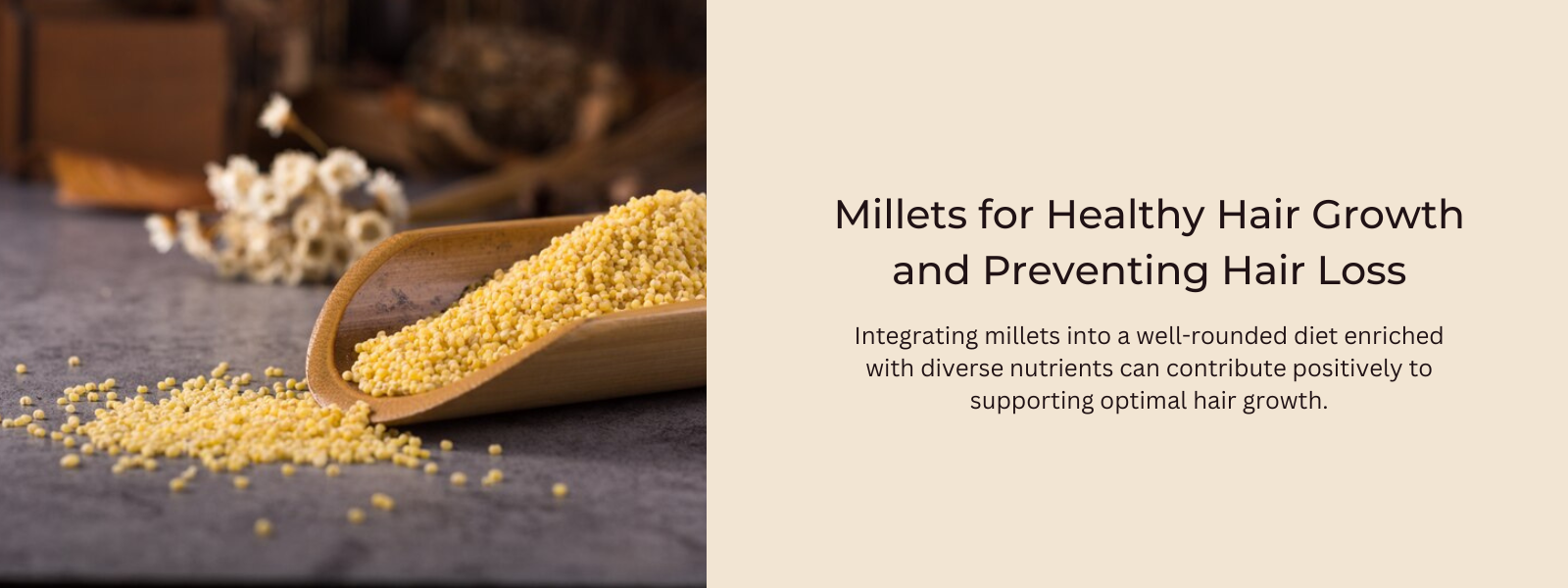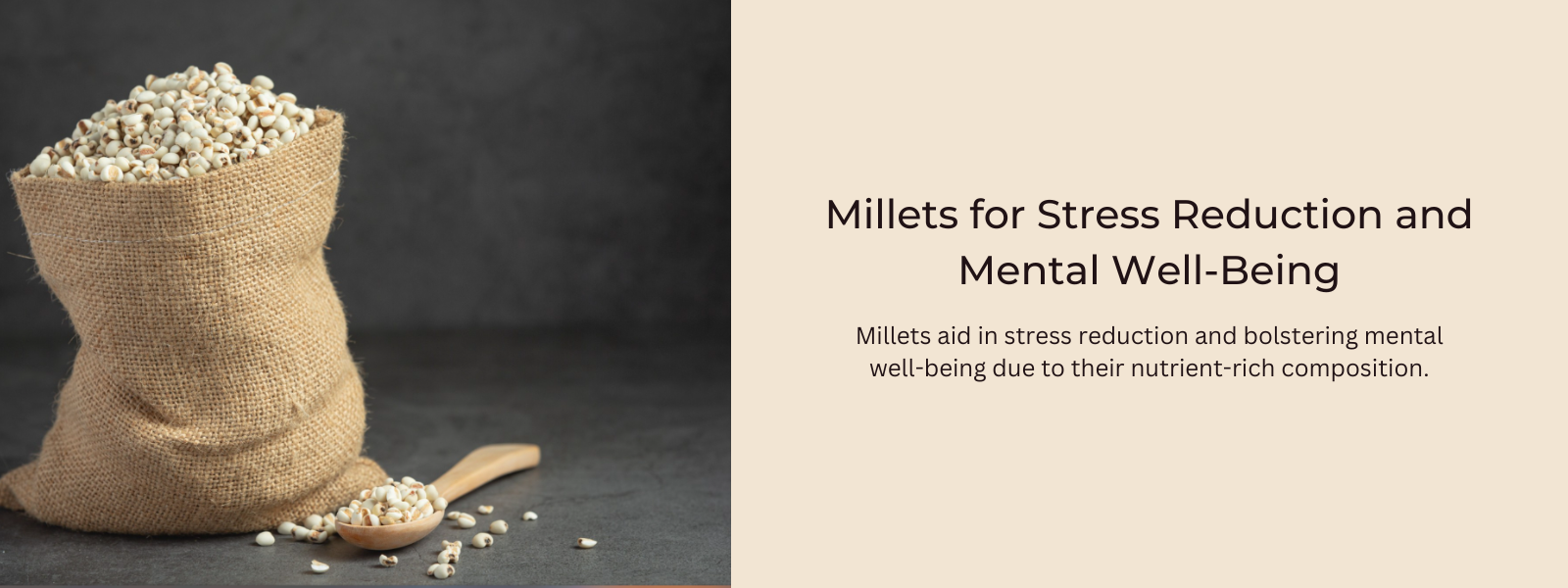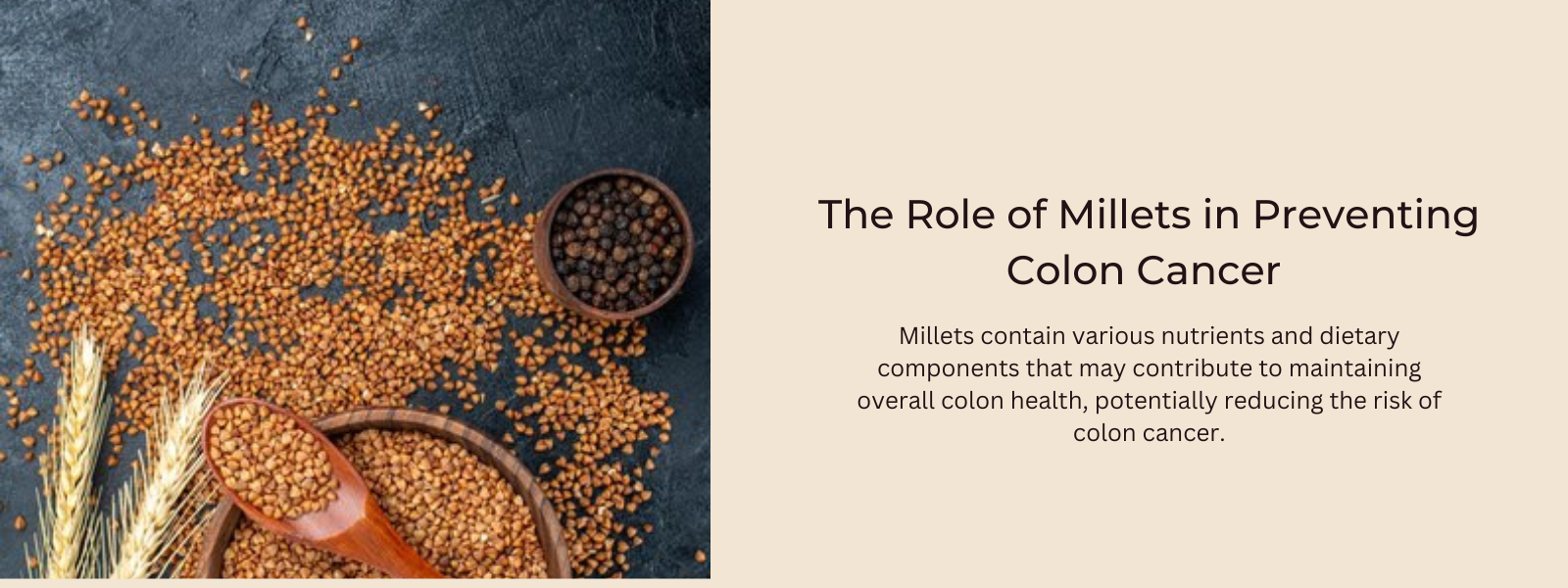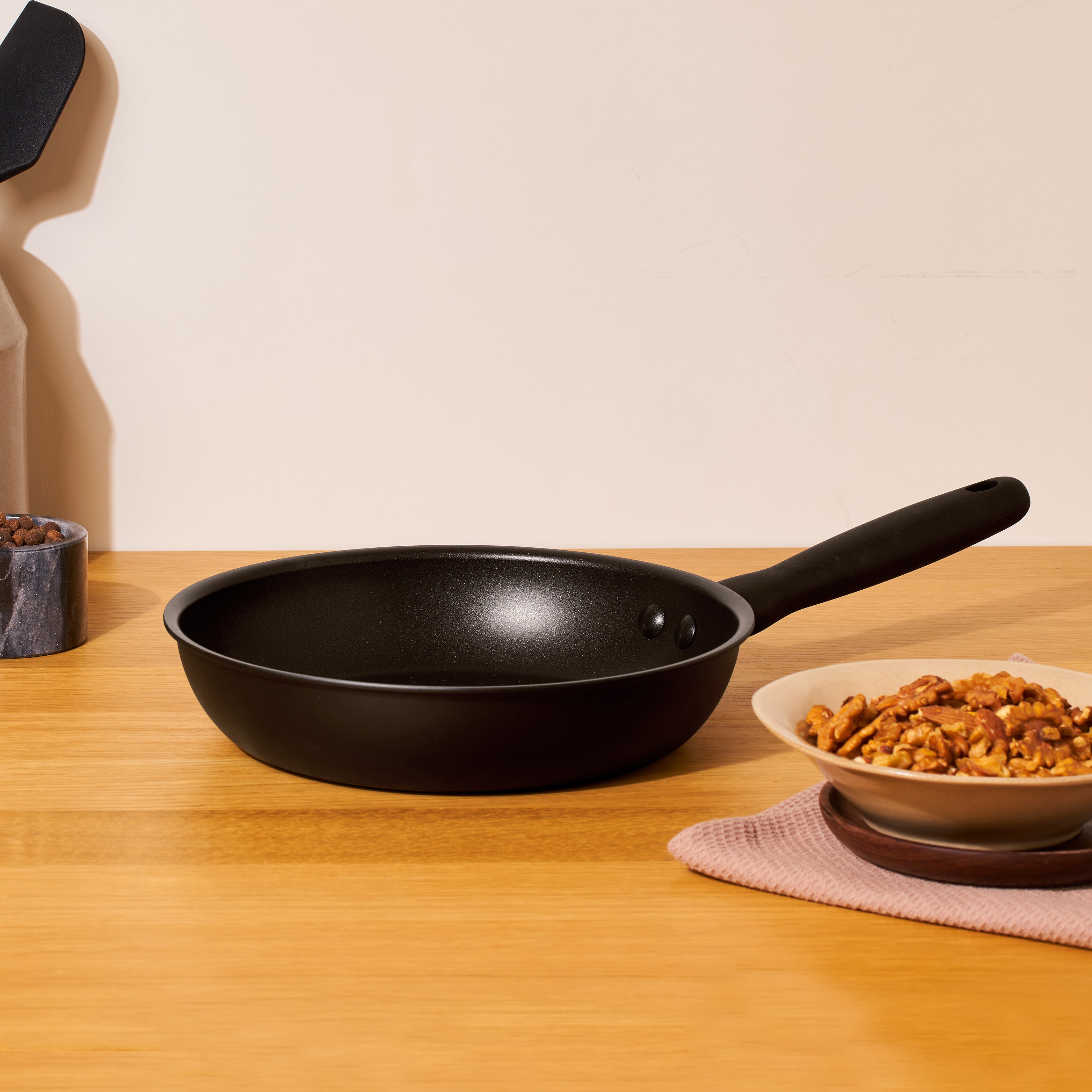Little millet is gluten-free, making it suitable for individuals with celiac disease or gluten sensitivities. It has a lower glycemic index compared to certain other grains, leading to a slower release of glucose into the bloodstream and potentially aiding in better blood sugar management.
Table of Contents
What Is Little Millet?
Little millet, scientifically known as Panicum sumatrense, is a small-seeded grain belonging to the millet family. It is cultivated predominantly in India and parts of Asia. The grains of little millet are small, round, and yellowish-white, resembling tiny beads.
Nutritionally, little millet is rich in essential nutrients such as protein, dietary fiber, vitamins (particularly B-complex vitamins like niacin and thiamine), and minerals like calcium, iron, magnesium, and phosphorus. Despite its small size, little millet offers numerous health benefits, contributing to overall well-being.
Culinarily, little millet is versatile and can be used in various dishes such as upma, khichdi, porridge, idli, dosa, and can also serve as a rice substitute. Its adaptability in different culinary preparations offers diverse and nutritious meal options.
Due to its nutritional richness, gluten-free nature, and culinary versatility, little millet is gaining popularity as a nutritious grain and a valuable addition to diverse diets seeking wholesome and nutritious options.
Is Little Millet Really Little In Size?
Yes, little millet is characterized by its small-sized grains. The grains of little millet are indeed small, round, and typically smaller in size compared to some other millet varieties. They resemble tiny beads or seeds, which is why it's called "little" millet. Despite their small size, these grains pack a nutritional punch, being rich in essential nutrients like protein, dietary fiber, vitamins, and minerals, contributing to its value as a nutritious whole grain option.
Health Benefits Of Little Millet:
Despite its small size, little millet offers several significant health benefits:
- Rich in Nutrients: Little millet is packed with essential nutrients like protein, dietary fiber, vitamins (especially B-complex vitamins), and minerals such as calcium, iron, magnesium, and phosphorus. Its nutrient profile contributes to overall health and well-being.
- Gluten-Free: Similar to other millets, little millet is naturally gluten-free, making it a suitable grain for individuals with celiac disease or gluten sensitivities.
- Low Glycemic Index (GI): Little millet has a lower glycemic index compared to some other grains. Foods with a lower GI release glucose into the bloodstream more slowly, potentially assisting in better blood sugar management, making it beneficial for individuals with diabetes.
- Digestive Health: The dietary fiber present in little millet aids digestion, promotes regular bowel movements, and supports a healthy digestive system.
- Versatile Culinary Uses: Little millet can be used in various dishes such as upma, khichdi, porridge, idli, dosa, and can also be cooked and served as a rice substitute, offering diverse and nutritious meal options.
-
Weight Management: Due to its high fiber content and slow-digesting nature, little millet may contribute to increased satiety, aiding in weight management and controlling appetite.
How Is Little Millet Different From Other Millets?
Little millet, while belonging to the millet family, has its unique characteristics that set it apart from other varieties of millets:
- Grain Size: Little millet has small, round grains, earning its name due to its diminutive size. In contrast, other millets like pearl millet (bajra), finger millet (ragi), foxtail millet, and barnyard millet may have larger or differently shaped grains.
- Culinary Uses: Little millet is versatile and commonly used in various culinary dishes such as upma, porridge, khichdi, idli, dosa, and as a rice substitute. Similarly, other millets have their traditional uses in regional cuisines, like finger millet used in porridge or flatbreads and pearl millet commonly used in making rotis.
- Nutritional Composition: While all millets are generally nutritious, their exact nutrient composition may vary slightly. Little millet, for instance, contains essential nutrients like protein, dietary fiber, vitamins, and minerals such as calcium, iron, magnesium, and phosphorus. The specific nutrient content might differ among various millet varieties.
- Cultivation and Adaptability: Little millet, like other millets, is known for its adaptability to semi-arid and dryland farming conditions. However, each millet variety may have specific requirements and cultivation preferences based on factors such as soil type, temperature, and rainfall.
-
Culinary Preference: Little millet might be preferred regionally in certain cuisines or dishes, while other millets might have their unique cultural or traditional significance in different parts of the world.
Conclusion:
While little millet shares similarities with other millets in being gluten-free, nutritious, and versatile in culinary use, its distinct small grain size and specific culinary applications contribute to its uniqueness among the diverse range of millet varieties available.











Leave a comment